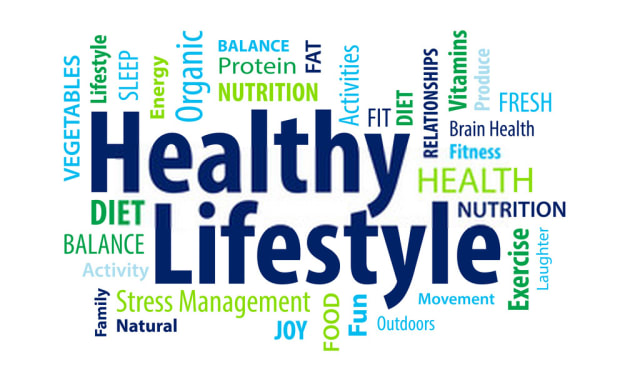
Food waste is a significant problem in many parts of the world. According to the United Nations, about one-third of all food produced worldwide goes to waste. Not only is this an ethical concern, but it also has environmental consequences, such as the release of methane gas from decomposing food in landfills. To address this issue, there are several ways in which food can be recycled.
Composting
Composting is the process of breaking down organic matter, such as food scraps, leaves, and grass clippings, into a nutrient-rich soil amendment. Food waste can be composted at home or through municipal composting programs. In addition to reducing waste, composting provides a valuable resource for gardening and farming, as the resulting compost can be used to fertilize plants.
Anaerobic Digestion
Anaerobic digestion is a process that uses microorganisms to break down organic matter in the absence of oxygen. Food waste can be processed through anaerobic digestion, which produces biogas, a renewable energy source that can be used to generate electricity and heat. The remaining byproduct, known as digestate, can be used as a fertilizer.
Food Rescue
Food rescue involves collecting surplus food from restaurants, grocery stores, and other food service providers and distributing it to people in need. This not only reduces food waste but also addresses food insecurity. Organizations such as food banks and food rescue programs work to recover and redistribute surplus food that would otherwise go to waste.
Animal Feed
Food waste can be repurposed as animal feed. In many countries, food waste is already used to feed pigs, chickens, and other livestock. This not only reduces waste but also provides a source of nutrition for animals.
Upcycling
Upcycling is the process of transforming waste materials into new products of higher value. Food waste can be upcycled into products such as nutrient-rich powders, sauces, and snacks. For example, food waste can be dehydrated and ground into a powder that can be used as a nutritional supplement or flavoring.
Food waste is a significant issue that can have severe environmental and ethical consequences. However, there are several ways in which food can be recycled, including composting, anaerobic digestion, food rescue, animal feed, and upcycling. By implementing these methods, we can reduce waste, address food insecurity, and create new products of higher value.
Are there any challenges or limitations to implementing these methods of food recycling?
Yes, there are some challenges and limitations to consider. Here are a few:
Infrastructure: Some of these methods require specialized infrastructure, such as anaerobic digestion facilities or food rescue programs. Without the necessary infrastructure in place, it can be challenging to implement these methods on a large scale.
Cost: Some of these methods can be expensive to implement. For example, setting up an anaerobic digestion facility can require significant capital investment. This may limit the ability of smaller organizations or individuals to participate in food recycling efforts.
Regulatory barriers: Some regulatory barriers may prevent certain methods of food recycling. For example, in some areas, it may be illegal to feed food waste to animals or to sell upcycled food products.
Cultural attitudes: In some cultures, there may be a stigma attached to eating food that has been rescued or upcycled. This may limit the acceptance and adoption of these methods.
Despite these challenges, there is still significant potential for food recycling to make a positive impact. Governments, businesses, and individuals can work together to overcome these barriers and create a more sustainable food system. By reducing food waste, we can not only help the environment but also improve food security and create new economic opportunities.
About the Creator
Nikk
Writing is the magic that turns thoughts into words, breathing life into ideas and stories






Comments
There are no comments for this story
Be the first to respond and start the conversation.